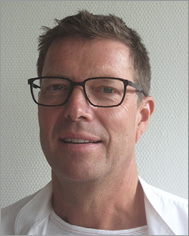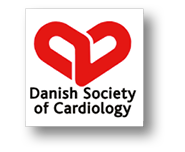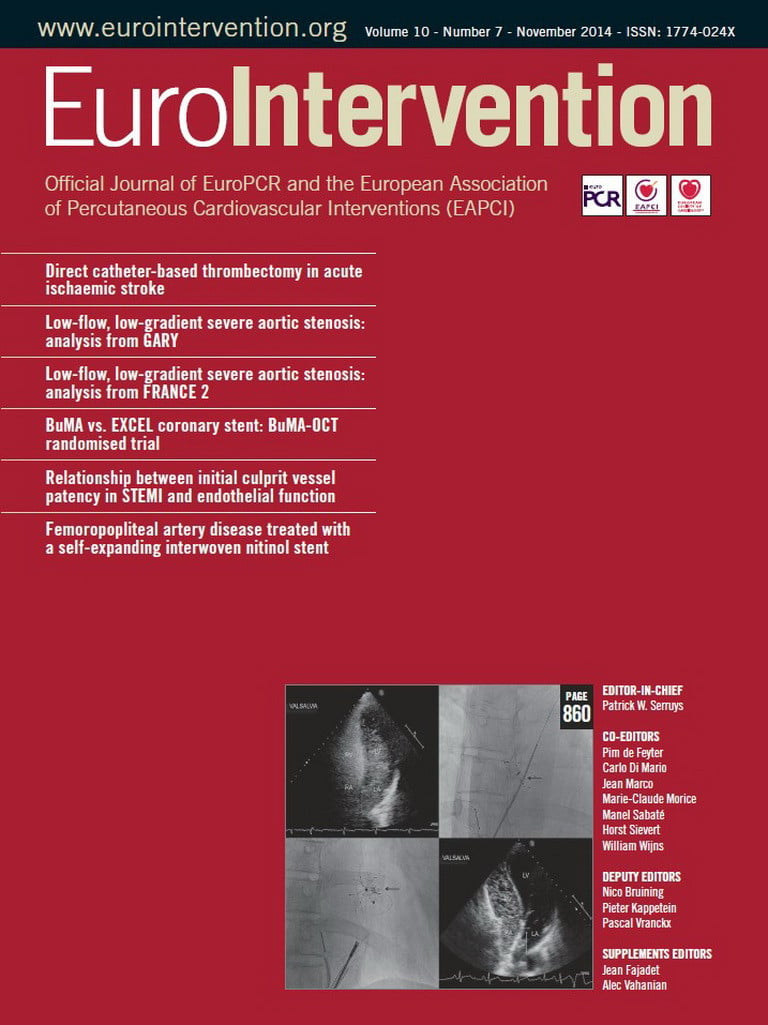NEWS
■ Are you an interventionalist under 36? Apply before 15 January 2015 for the EAPCI 2015 Training and Research Grants programme!
■ CathGo: an EAPCI initiative to boost Fellows’ mobility and training across Europe. Visit this online database of centres offering interventional and research opportunities!
■ Stent for Life in Portugal has successful first year demonstrating improvements in performance indicators for p-PCI, by focusing mainly on raising public awareness of the need to use the INEM emergency services, thus reducing patient delay and improving secondary transportation.
■ It’s not too late to register and attend the upcoming EAPCI European Fellows Course, The New Frontiers in Interventional Cardiology workshop (NFIC). Scheduled for 3 and 4 December in Krakow (Poland), this annual meeting brings together cardiologists, cardiac surgeons, specialists in angiology and radiology from all over Europe, Japan and USA.
EAPCI Focus on Danish Working Group on Percutaneous Coronary Interventions
An interview with the President, Hans-Henrik Tilsted
What does the EAPCI membership mean for a national society?
At present, the most important contribution of the EAPCI to Denmark is, of course, the ESC eLearning platform, which we have adopted as our own. We believe that this platform will become increasingly important, not only in Denmark, but across the ESC member states. The EAPCI also gives us the opportunity to share sessions at EuroPCR with other countries. These sessions are very enjoyable from a learning point of view, but also provide new collegial contacts for potential scientific collaborations. With respect to the Stent for Life initiative, although Denmark is a small country with only six interventional centres, four of which perform primary PCI, we are proud that we have already achieved practically full primary PCI coverage throughout our country.
What are the current issues related to the national society?
Luckily, we have no problems with reimbursement as this is all organised on a governmental level due to the fact that all Danish hospitals are public and there is no private sector. Naturally we do have restrictions, for example, concerning the introduction of new technologies, a restriction that was put in place to avoid inappropriate use of funding or overspending. However, a good level of funding is available for research and we can therefore thankfully perform those studies that we feel are of interest.
Furthermore, our waiting lists are short and the primary PCI programme is successful, with the exceptions being Greenland and the Faroe Islands. Unfortunately, they do not have cathlabs there, but do administer thrombolysis. Patients must come to the Danish mainland, however, if they have a positive stress test. Still, in Greenland today the incidence of ischaemic heart disease is very low.
The main discussion in invasive cardiology in Denmark at this time, is whether the number of PCI-centres should be increased from four to five. We hope that we can resolve this issue to the satisfaction of all involved.
Invasive cardiology is not a recognised by the authorities as a subspeciality, and therefore there is no regular training programme. Currently, our training consists of an “apprenticeship” in which trainees gain the necessary expertise under the mentorship of seniors at their respective centres. This training programme can take up to two years, but this timescale is dependent on how quickly the individual reaches the required technical level of expertise. Each centre will begin training an apprentice when a position is expected to become available. Due to this, there is practically no surplus of interventionalists within Denmark, and yet it does mean that trainee positions are very limited. With our adoption of the ESC eLearning programme, our recommendation now is that each trainee follows this programme.

Hans-Henrik Tilsted, President of the Danish Working Group on Percutaneous Coronary Interventions

President: Hans-Henrik Tilsted
Contact details: [email protected]
Website: not specific for the working group, but for Danish Society of Cardiology (DCS): www.cardio.dk
Upcoming annual meeting for DCS: May 2015
Founded: 1999
Members: 50
EAPCI members: 30

